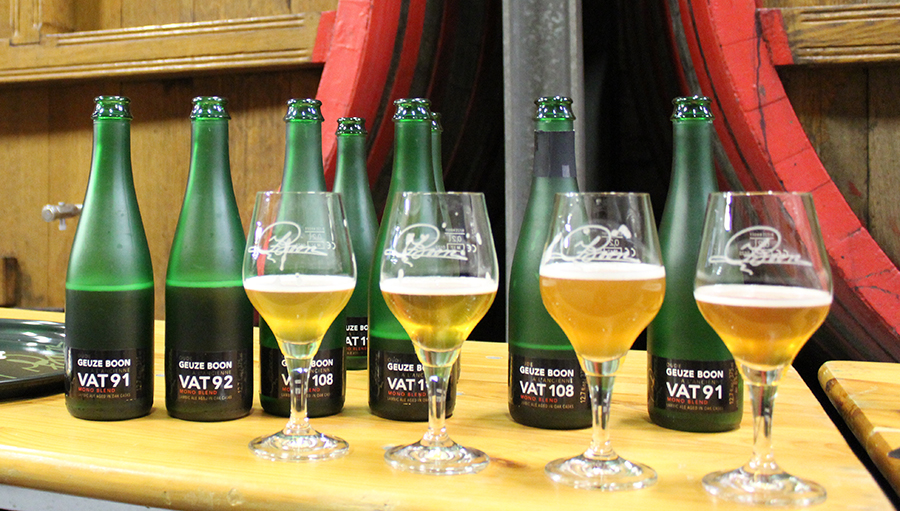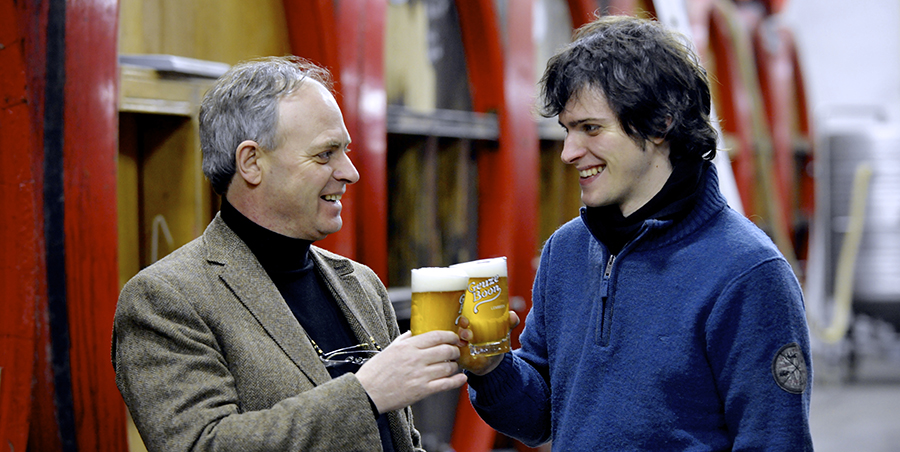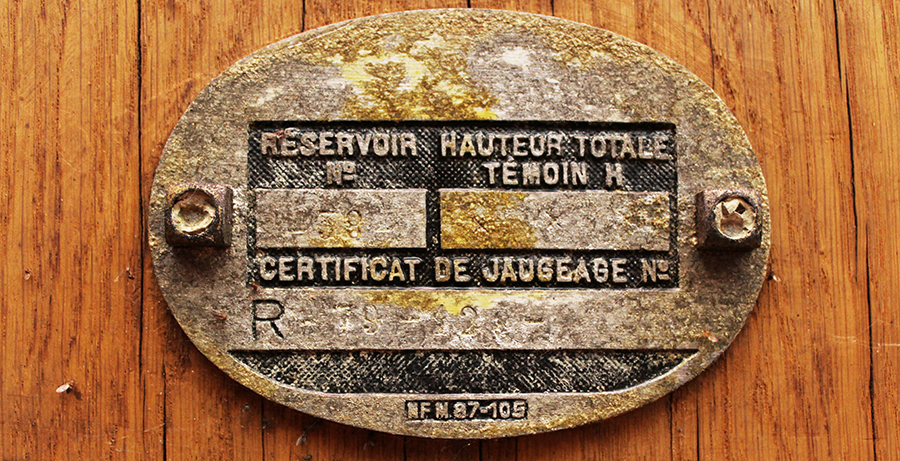Brewery Summary
At a time when most lambic producers were closing their doors, Brouwerij Boon opened theirs and are now one of the most respected breweries in the world. By modernizing their brewery specifically for lambic production they have been able to bring consistency to the world’s most wild of beers. They have been instrumental in the restoration of lambic culture, in part by brewing wort for an array of talented lambic blenders in their region. The brewery is also regarded worldwide as experts on the care and maintenance of wooden vessels for aging beer. Boon is the only brewery to have won six consecutive gold medals at the World Beer Cup (2008,’10,’12,’14.’16,’18).
From the traditional Oude Geuze Lambic to Limited Editions to Fruit Lambics Boon is the gold standard. Boon brands are perennial award winners and consistently rank 90+ in ratings. It is an honor and privilege to bring the Boon tradition and spectacular brands to our customers.


The History
Since 1975, Boon Brewery has been owned and run by Frank Boon, one of the pioneers of the authentic lambic and gueuze revival. But the first signs of the brewery date back to 1680, as a farm-brewery and distillery in the village of Lembeek. In 1860 Louis Paul bought the brewery to brew only lambic and faro. From 1875, he began bottling gueuze lambic. In 1898, Pierre Troch bought the brewery. But after the economic crisis of 1927, it came into the hands of Joseph De Vits. His son, Rene is renowned for the production of soft and fine gueuze lambic. As Rene De Vits had no children, he sold the brewery to Frank Boon.
“Global Beer Network prides itself on bringing some of the worlds best beers into the U.S. market. Certainly when it comes to Geuze and Lambic there are no better brewers or blenders than Boon. This is why we are so excited to have Frank Boon and his sons as a partner. Through innovation, hard work and dedication to producing traditional Geuze and Lambic, Frank Boon has earned the reputation of being the cornerstone of producing this remarkable style of beer. You need only spend five minutes with Frank or his sons Jos and Karel to hear the knowledge and feel the passion that has made him the best Lambic and Geuze brewer in the world.“
– Steve Villani, President, Global Beer Network

Say ‘Lembeek” in English and you hear “lambic”. Lembeek was traditionally a “stokershol”, a distiller’s hideaway. During the many wars of the 12th century Lembeek was a free city: you could brew beer and distil gin without paying taxes. Dozens of distilleries (43 in all) and brewers set up. The French occupying forces in 1794 scrapped the tax-free status. To avoid this a public servant was on occasion bribed to notify a false declaration by the brewer on the kind of brew he had brewed. But because of the number of brewers and distillers, the French called Lembeek “Le Village d’alambique” (the village of stills). Gradually, the “bière de Lembecq” became “Biere d’Alambique”, the first references to ‘lambic’!

